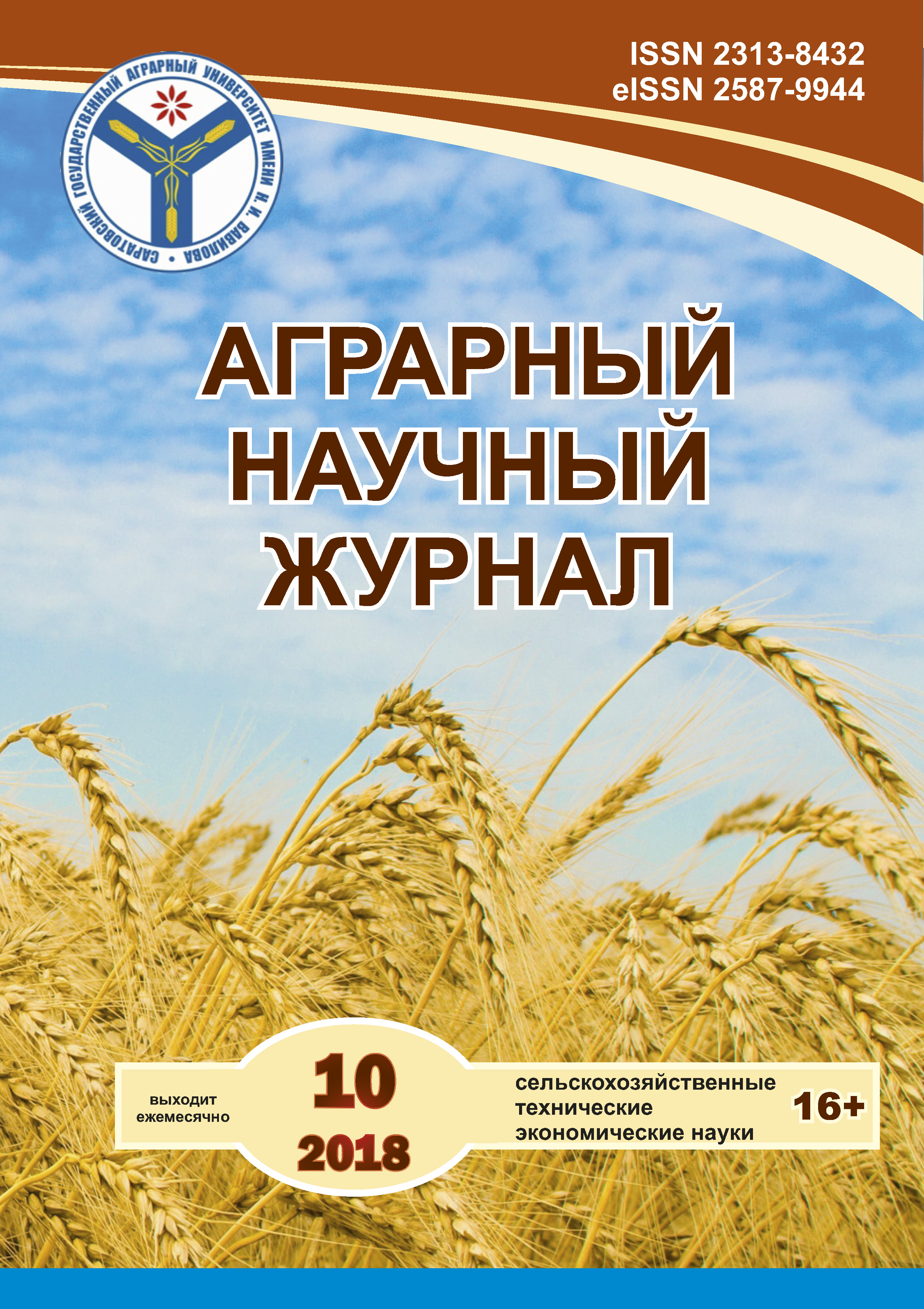SELENIUM NANOPARTICLES AND MICELLS - THE WAY OF TUBERCULOSIS PREVENTION
DOI:
https://doi.org/10.28983/asj.v0i10.413Keywords:
Mycobacterium bovis BCG, selenium nanoparticles, micelles, immunizationAbstract
The adjuvant properties of micelles of nonionic detergent and E. coli lipids, as well as of selenium nanoparticles, were studied in the course of immunization with antigens of the diagnostic tuberculin (). As the structural basis of micelles, a commercial non-ionic detergent Triton X-114 or Escherichia coli Б-5 lipids isolated from bacterial cells by Folch extraction were used. Particles of reduced selenium were obtained by reducing selenious acid with sodium thiosulfate in the presence of PPD. Micelles of lipid E. B-5 with PPD antigens were obtained by hydration of a dry film of lipids of the bacteria together with PPD The Triton X-114 micelles were prepared by dissolving the detergent in the PPD solution. The formation of antibodies against PPD and Mycobacterium bovis BCG cells was studied in immunization of white mice with these constructs in comparison with the PPD immunization, using the indirect dot-immunoassay method, as well as immunoturbodimetrically.
Immunization of mice with E. coli B-5 lipid or Triton X-114 micelles bearing PPD leads to the formation of antibodies against tuberculin antigens higher than for immunization with PDD itself. Immunization with all drugs, including PPD, leads to the formation of antibodies that recognize M. bovis BCG cells, but the highest levels of antibodies are observed in the blood plasma of animals receiving lipid E. coli B-5 or Triton X-114 micelles. The obtained results indicate the possibility of using micelles and selenium nanoparticles as an adjuvant for immunization with mycobacterial antigens.
Downloads
References
2. Биргер М.О. Справочник по микробиологическим и вирусологическим методам исследования. – М.: Медицина, 1967. – 464 с.
3. Использование наночастиц селена в качестве наноносителя лекарственных веществ и антигенов на примере адъюванта при иммунизации животных против колибактериоза / К.П. Габалов [и др.] // Ветеринарная патология. – 2016. – Т. 3. – № 57. – С. 29–37.
4. Козлов С.В. Конструирование коллоидного комплекса селена с лактоферрином и изучение его биодинамических свойств // Актуальные вопросы ветеринарной биологии. – 2012. – № 1. – С. 27–32.
5. Конструирование конъюгатов коллоидного селена и коллоидного золота с белком вируса гриппа и изучение их иммуногенных свойств / П.В. Меженный [и др.] // Вестник Саратовского госагроуниверситета им. Н.И. Вавилова. – 2013. – № 2. – С. 29–32.
6. Маянский А.Н., Виксман М.К. Способ оценки функциональной активности нейтрофилов человека по реакции восстановления нитросинего тетразолия. – Казань: Изд-во Казан. мед. ун-та, 1979. – 11 с.
7. Разработка иммунозолотых диагностических систем для идентификации возбудителя туберкулеза in situ / С.А. Староверов [и др.] // Российский ветеринарный журнал. Мелкие домашние и дикие животные. –2011. – № 2. – С. 29–32.
8. Староверов С.А., Семёнов С.В. Адъювант для биопрепаратов // Патент РФ № 2214278. 2003.
9. Староверов С.А., Дыкман Л.А. Использование наночастиц золота для получения антител к туберкулину, иммуноанализа микобактерий и вакцинации животных // Российские нанотехнологии. – 2013. – Т. 8. – № 11–12. – С. 118–122.
10. Benvegnu T., Lemi?gre L., Cammas-Marion S. Formulation of a New Generation of Liposomes from Bacterial and Archeal Lipids // Tropical Journal of Pharmaceutical Research, 2016, Vol. 15, No. 2, P. 215–220.
11. Bordier C. Phase Separation of Integral Membrane Proteins in Triton X-114 Solution // J Biol Chem., 1981, Vol. 256, No. 4, P. 1604–1607.
12. Brill K.J., Li Q., Larkin R., Canaday D.H., Kaplan D.R., Boom W.H., Silver R.F. Human Natural Killer Cells Mediate Killing of Intracellular Mycobacterium tuberculosis H37Rv via Granule-Independent Mechanisms // Infect. Immun. 2001. Vol. 69, No. 3, P. 1755–1765.
13. Chen Y-H., Chang H.P., Lin. Z.H., Wang C.R. Size effect of colloidal selenium particles on the inhibition of LPS-induced nitric oxide production // Journal of the Chinese Chemical Society, 2005, No. 52, P. 389–399.
14. Dieli F., Troye-Blomberg M., Ivanyi J., Fourni? J.J., Bonneville M., Peyrat M.A., Sireci G., Salerno A. Vgamma9/Vdelta2 T lymphocytes reduce the viability of intracellular Mycobacterium tuberculosis // Eur. J. Immunol., 2000, Vol. 30, No. 5, P. 1512–1519.
15. Dieli F., Caccamo N., Meraviglia S., Ivanyi J., Sireci G., Bonanno C.T., Ferlazzo V., Mendola C., Salerno A. Reciprocal stimulation of ?? T cells and dendritic cells during the anti-mycobacterial immune response // Eur. J. Immunol., 2004, No. 34, P. 3227–3235.
16. Dykman L.A., Bogatyrev V.A. Gold nanoparticles: preparation, functionalisation and applications in biochemistry and immunochemistry // Russian Chemical Reviews, 2007, Vol. 76, No. 2, P. 181–194.
17. Folch J., Lees M., Sloane Stanley G.H. A simple method for the isolation and purification of total lipids from animal tissues // J Biol Chem., 1957, No. 226, P. 497–509.
18. Gidden J., Denson J., Liyanage R., Ivey D.M., Lay J.O. Lipid Compositions in Escherichia coli and Bacillus subtilis During Growth as Determined by MALDI-TOF and TOF/TOF Mass Spectrometry // Int. J. Mass Spectrom, 2009, Vol. 283, P. 178–184.
19. Kleinschmidt J. H., Wiener M. C., Tamm L. K. Outer membrane protein A of E. coli folds into detergent micelles, but not in the presence of monomeric detergent // Protein Sci,1999, No. 8, P. 2065–2071.
20. Meena L.S. Survival mechanisms of pathogenic Mycobacterium tuberculosis H37Rv // FEBS Journal, 2010, No. 277, P. 2416–2427.
21.URL: http://www.uniprot.org/ (дата обращения 05.07.17).








